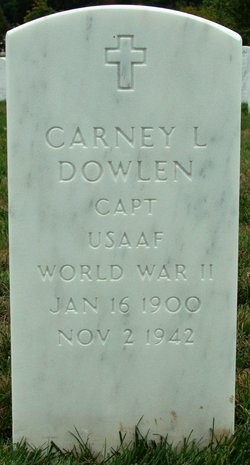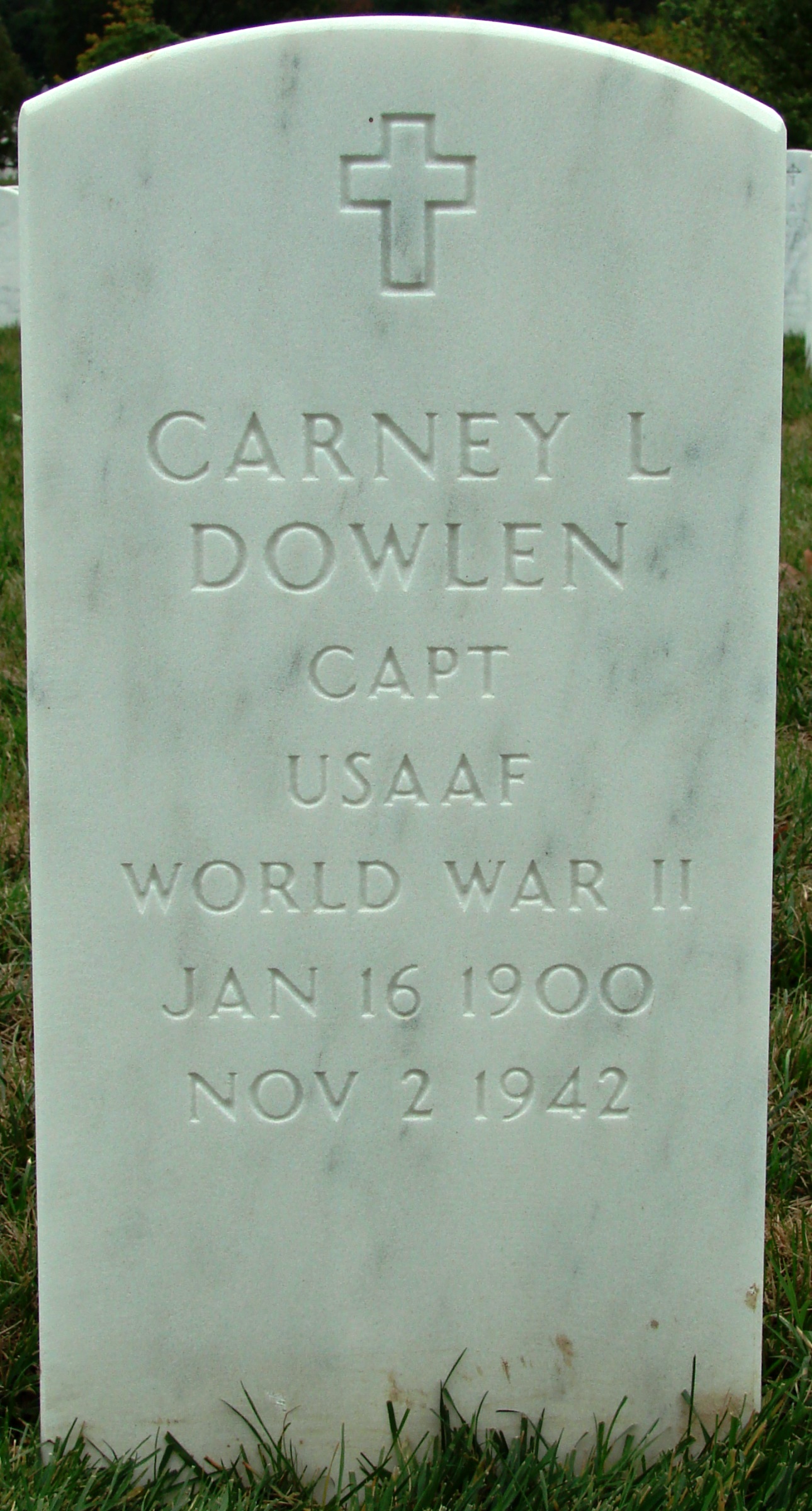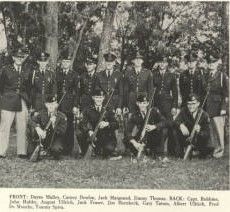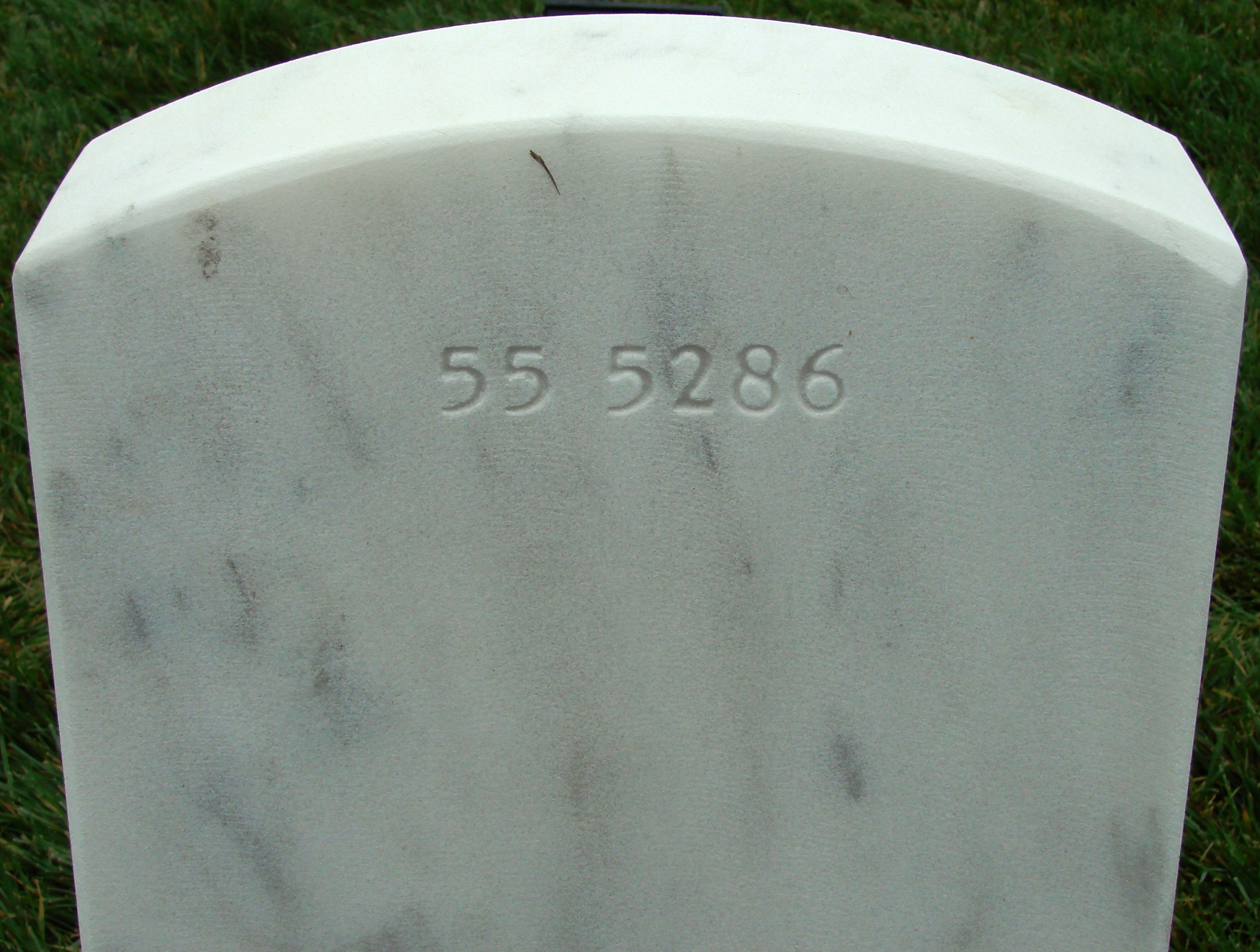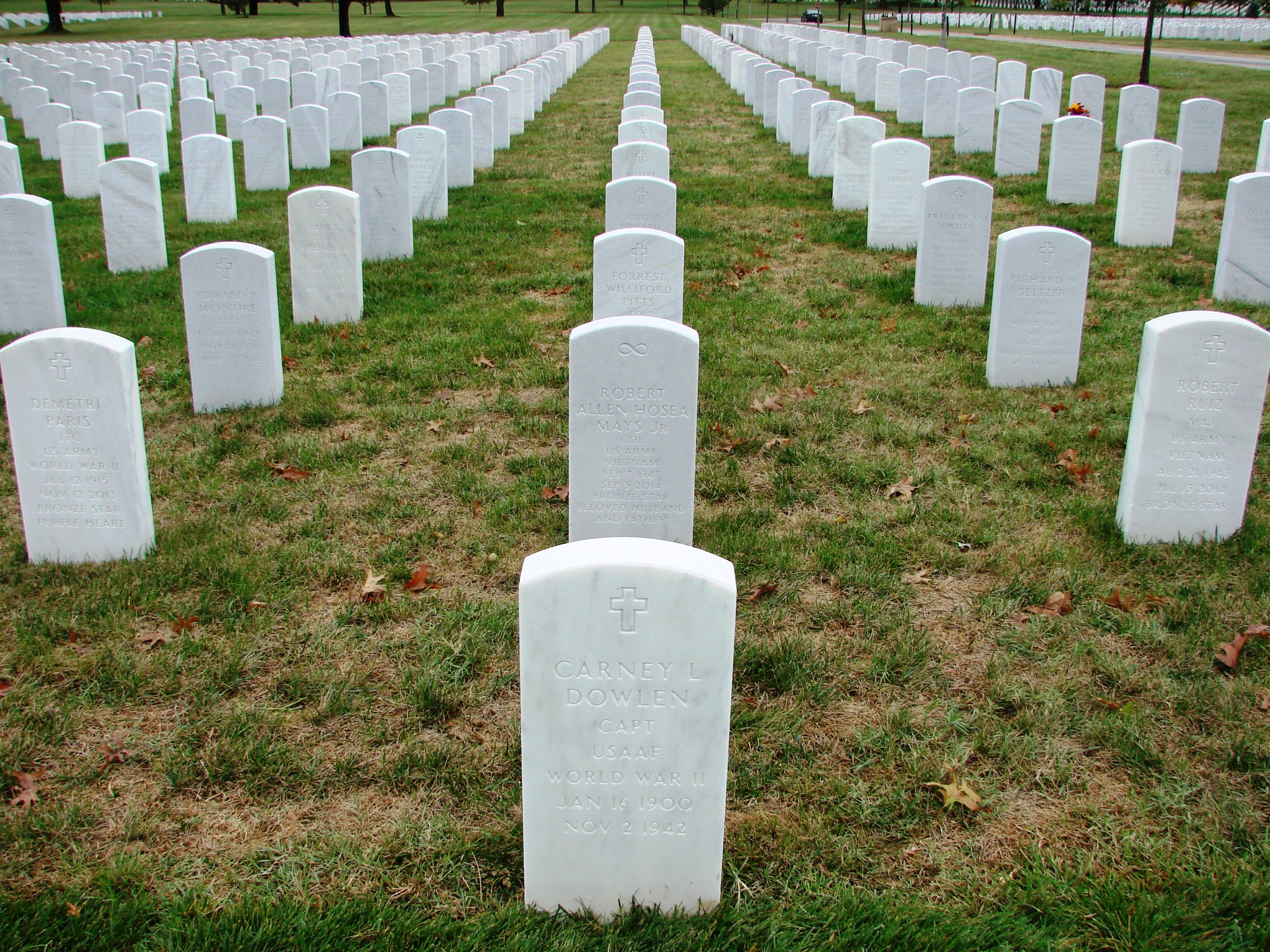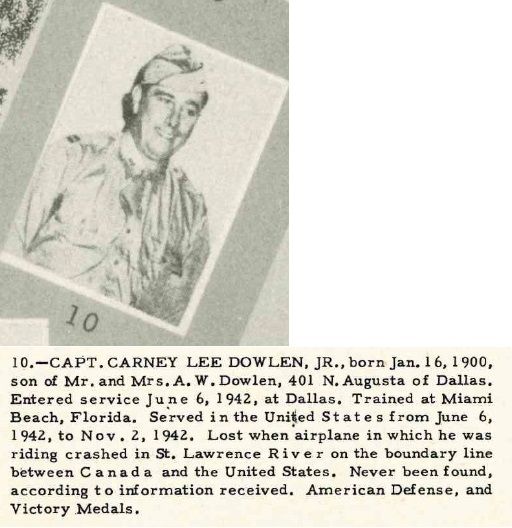According to the then-War Department (later titled the US Department of Defense), the plane had completed the first leg of a routine flight and was taking off for the return trip to base when it capsized in rough weather in the eastern Gulf of Saint Lawrence on November 2, 1942. Four crew members survived. Five others died trapped inside the aircraft. Their bodies were not recovered.
Surviving were: retired Capt John B Holmberg [passenger], Chicago, IL; TSgt George C Peterson [Co-Pilot], Welch, LA; Cpl Robert L Ashley [Gunner], Riverside, CA; and Pvt James E Click [Radio Operator], Lexington, KY.
Missing were: Lt Col Harry J Zimmerman [Pilot], Bayside, Long Island, NY; Capt Carney Lee Dowlen [passenger], Dallas, TX; Sgt Charles O Richardson [Engineer], Charlevoix, MI; Pvt Erwin G Austin [Assistant Engineer], Monroe, ME; and Pvt Peter J Couzins [Assistant Radio Operator], Cincinnati, OH.
The discovery was termed as a "very significant" find for aviation heritage and a "testament to the collaboration" between Canada and the US during WWII. The downed aircraft, an amphibious PBY Catalina that was part of a key Allied squadron of planes linking North America to the battlefields of Europe, was believed to be the underwater grave of five US airmen who couldn't be rescued by the local fishermen who plucked four other Americans from choppy waters at the crash site. Local residents were watching as the so-called "flying boat" attempted a takeoff on November 2, 1942 but foundered in rough waters after hitting a wave. Fishing boats were dispatched to the scene and four American airmen were rescued before the Catalina sank to the sea floor with Zimmerman and four other crew members trapped inside.
The Parks Canada team contacted the US government to report the discovery of the seaplane and the fact that it was a possible war grave. In 2012, after three years of planning, a 50-member team of divers and other recovery specialists from the US military's Hawaii-based Joint Prisoner of War/Missing in Action Accounting Command (JPAC) began probing the aircraft in search of the five men's remains and associated artifacts. JPAC officials reported the discovery of unspecified body parts and a host of objects — including an aviator's glasses, legible pages from a crewman's flight log and a bottle of mouthwash — still intact after 70 years under water.
-------------------------
On November 2, 1942, at 1650, a Consolidated OA-10 (43-3266) attempting a take-off crashed into Lake Erie at Long Point, Mingan, Ontario, Canada, killing five crewmembers. Two crewmembers were injured and two crewmembers escaped injury. The airplane took off from Presque Isle, Maine, on a personnel transport mission to Long Point, Ontario, and return. Investigators stated, "Upon completion of the mission, the plane taxied out from the shore and after warming up the engines started on a normal take-off. During this first attempted take-off, the plane was seen to break clear but each time did not have sufficient speed to fly and settled back on the waves that were running from four to six feet. It is assumed from witnesses accounts that the first attempted take-off resulted in the nose wheel door being sprung as well as the glass that leads from this nose wheel well to the compartment. On the second attempt to take-off, the plane was unable to clear the water and it is believed from witnesses accounts that the entire nose wheel section and part of the hull were caved in by the impact with the waves. When this fact was noticed by the crew, the throttles were cut, which resulted in the plane sinking quite rapidly until the wing and tail remained out of the water."
-----------------
There is a cenotaph for Capt Dowlen in Restland Memorial Park cemetery, Dallas, Texas where his family members are buried, and a group burial stone at Arlington National for the co-mingled remains of all five crash victims.
Interment March 24, 2015
According to the then-War Department (later titled the US Department of Defense), the plane had completed the first leg of a routine flight and was taking off for the return trip to base when it capsized in rough weather in the eastern Gulf of Saint Lawrence on November 2, 1942. Four crew members survived. Five others died trapped inside the aircraft. Their bodies were not recovered.
Surviving were: retired Capt John B Holmberg [passenger], Chicago, IL; TSgt George C Peterson [Co-Pilot], Welch, LA; Cpl Robert L Ashley [Gunner], Riverside, CA; and Pvt James E Click [Radio Operator], Lexington, KY.
Missing were: Lt Col Harry J Zimmerman [Pilot], Bayside, Long Island, NY; Capt Carney Lee Dowlen [passenger], Dallas, TX; Sgt Charles O Richardson [Engineer], Charlevoix, MI; Pvt Erwin G Austin [Assistant Engineer], Monroe, ME; and Pvt Peter J Couzins [Assistant Radio Operator], Cincinnati, OH.
The discovery was termed as a "very significant" find for aviation heritage and a "testament to the collaboration" between Canada and the US during WWII. The downed aircraft, an amphibious PBY Catalina that was part of a key Allied squadron of planes linking North America to the battlefields of Europe, was believed to be the underwater grave of five US airmen who couldn't be rescued by the local fishermen who plucked four other Americans from choppy waters at the crash site. Local residents were watching as the so-called "flying boat" attempted a takeoff on November 2, 1942 but foundered in rough waters after hitting a wave. Fishing boats were dispatched to the scene and four American airmen were rescued before the Catalina sank to the sea floor with Zimmerman and four other crew members trapped inside.
The Parks Canada team contacted the US government to report the discovery of the seaplane and the fact that it was a possible war grave. In 2012, after three years of planning, a 50-member team of divers and other recovery specialists from the US military's Hawaii-based Joint Prisoner of War/Missing in Action Accounting Command (JPAC) began probing the aircraft in search of the five men's remains and associated artifacts. JPAC officials reported the discovery of unspecified body parts and a host of objects — including an aviator's glasses, legible pages from a crewman's flight log and a bottle of mouthwash — still intact after 70 years under water.
-------------------------
On November 2, 1942, at 1650, a Consolidated OA-10 (43-3266) attempting a take-off crashed into Lake Erie at Long Point, Mingan, Ontario, Canada, killing five crewmembers. Two crewmembers were injured and two crewmembers escaped injury. The airplane took off from Presque Isle, Maine, on a personnel transport mission to Long Point, Ontario, and return. Investigators stated, "Upon completion of the mission, the plane taxied out from the shore and after warming up the engines started on a normal take-off. During this first attempted take-off, the plane was seen to break clear but each time did not have sufficient speed to fly and settled back on the waves that were running from four to six feet. It is assumed from witnesses accounts that the first attempted take-off resulted in the nose wheel door being sprung as well as the glass that leads from this nose wheel well to the compartment. On the second attempt to take-off, the plane was unable to clear the water and it is believed from witnesses accounts that the entire nose wheel section and part of the hull were caved in by the impact with the waves. When this fact was noticed by the crew, the throttles were cut, which resulted in the plane sinking quite rapidly until the wing and tail remained out of the water."
-----------------
There is a cenotaph for Capt Dowlen in Restland Memorial Park cemetery, Dallas, Texas where his family members are buried, and a group burial stone at Arlington National for the co-mingled remains of all five crash victims.
Interment March 24, 2015
Family Members
Other Records
Sponsored by Ancestry
Advertisement
Records on Ancestry
Advertisement
